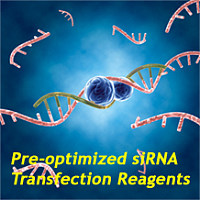Restoring Visual Function After Photoreceptor Degeneration: Ectopic Expression of Photosensitive Proteins in Retinal Neurons
互联网
互联网
相关产品推荐

Recombinant-Mouse-Visual-pigment-like-receptor-peropsinRrhVisual pigment-like receptor peropsin
¥11774

Recombinant-Todarodes-pacificus-RetinochromeRetinochrome Alternative name(s): Retinal photoisomerase
¥11452

Recombinant-Drosophila-melanogaster-CAAX-prenyl-protease-2SrasCAAX prenyl protease 2 EC= 3.4.22.- Alternative name(s): Farnesylated proteins-converting enzyme 2; FACE-2 Prenyl protein-specific endoprotease 2 Protein severas
¥11466

Recombinant-Mouse-Intercellular-adhesion-molecule-2Icam2Intercellular adhesion molecule 2; ICAM-2 Alternative name(s): Lymphocyte function-associated AG-1 counter-receptor CD_antigen= CD102
¥11046

GenMute™ siRNA Transfection Reagent for Primary Neurons
¥1980
相关问答

